What are the different types of ductwork materials?
- Galvanized steel
- Aluminum
- Fiberboard
- Fiberglass
- Flexible duct
Overview
- Ductwork is essential for HVAC systems, distributing conditioned air efficiently, and it comes in various types and materials tailored to specific needs.
- These materials each have unique characteristics and are suitable for different applications within HVAC systems. The choice depends on factors like durability, insulation, and the specific needs of the building or facility.
- Galvanized steel is highly resistant to rust and corrosion, making it a durable material choice for various industries, including manufacturing, healthcare, and data centers.
- Aluminum ducts are lightweight and easy to install. They can be recycled indefinitely without quality degradation and are suitable for complex building designs.
- Fiberboard ductwork is made by binding fiberglass strands with resin and features a foil layer for moisture and air barrier. It’s effective for temperature control but may not be suitable for high-humidity areas.
Fiberglass ductwork, combined with sheet metal, offers excellent insulation properties, maintaining desired air temperatures for energy efficiency. However, damaged fiberglass can release respirable fibers into the air, posing health risks.- Flexible ducts, reinforced with metal helix wire coils, are versatile and suitable for various commercial and industrial settings. Proper installation, support, and handling are essential for their efficiency.
Ductwork is a fundamental component of HVAC systems, serving as the circulatory system of buildings. These concealed passages, often out of sight, play a pivotal role in maintaining comfortable indoor spaces. Designed to distribute conditioned air efficiently, it is not a one-size-fits-all solution. It comes in various types and materials, each tailored to specific needs and challenges.
In this blog, we unveil the various types of ductwork materials. From innovative options like galvanized steel and aluminum to traditional ones, such as flexible ducts, fiberboard, fiberglass, and flexible ducts. We’ll delve into their unique characteristics, helping you make informed decisions for your HVAC energy-efficient solutions. Read on to know the best fit for your ductwork requirements.
Galvanized Steel
Galvanized steel undergoes a galvanization process where a protective zinc coating is applied to the surface. This coating acts as a barrier between the steel and the environment. As a result, it is highly resistant to rust and corrosion, even in high-moisture environments. This ensures the longevity of the ductwork and helps maintain its structural integrity.
It is the material choice across industries, including manufacturing, commercial enterprises, educational institutions, data centers, healthcare facilities, food processing plants, and the oil and gas sector.
At F.R. Sevilla (FRS), we specialize in crafting ducts using high-quality galvanized steel, available in both rectangular and round forms. These ducts can be customized according to the recommended dimension of our design partners and are meticulously engineered to ensure efficient and dependable airflow, catering to an array of building types ranging from commercial and industrial complexes to residential structures, elevating your projects with the reliability of galvanized steel.
Aluminum
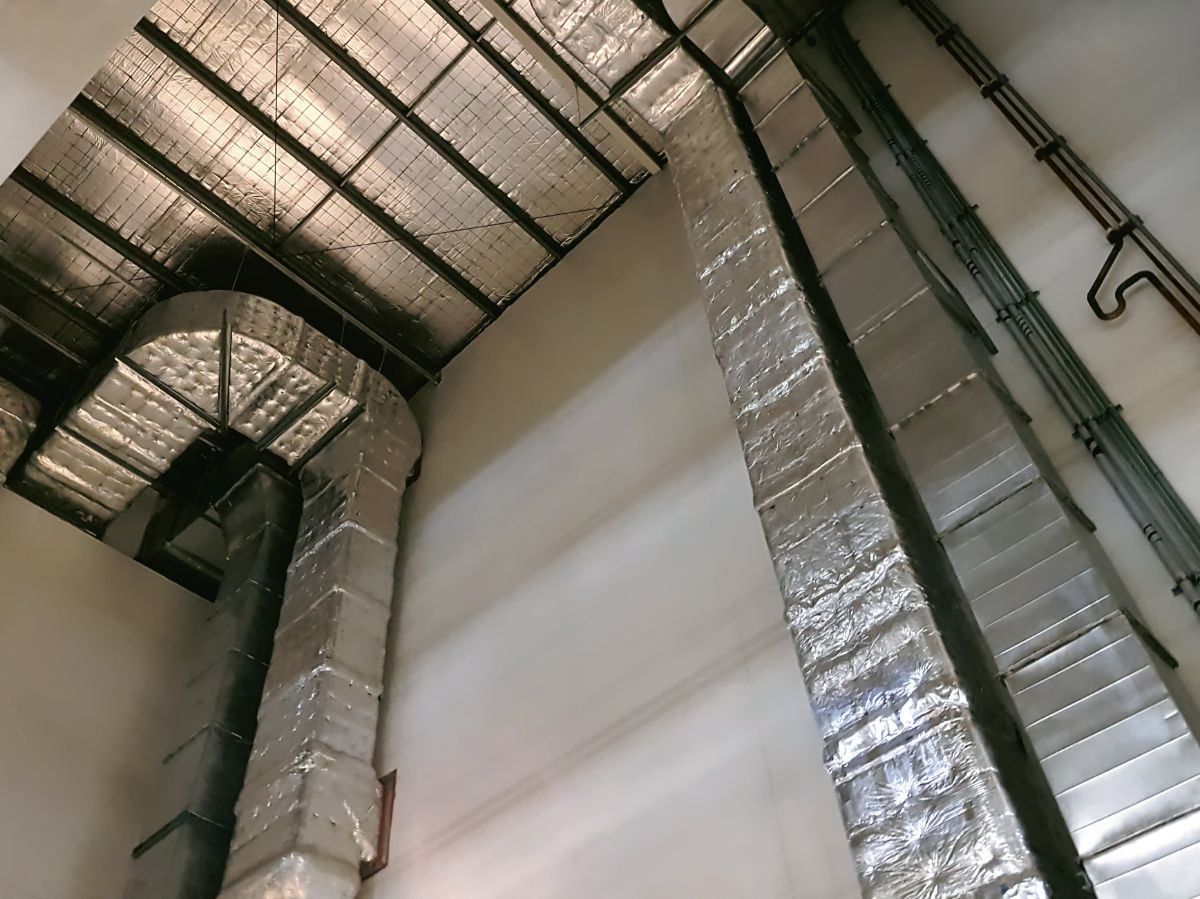
The aluminum duct is lightweight in nature due to its low density, making it easier to handle and install compared to heavier materials, such as galvanized steel. It can be recycled indefinitely without losing its quality, unlike other materials that degrade over time. Besides this, its oxide layer is non-porous, which means it doesn’t allow water or other corrosive substances to penetrate and reach the underlying aluminum.
More importantly, it can be configured in various shapes and sizes to suit the specific layout and requirements of a building’s HVAC system. This can be advantageous in various industries with complex building designs, such as cleanrooms, semiconductor manufacturing, and aerospace.
Fiberboard
Fiberboard ductwork is made by tightly binding together fiberglass strands with a resin. On the outside, it usually has a layer of foil, which serves as both an air and moisture barrier. This outer layer helps to maintain the integrity of the duct and prevents moisture from seeping in.
It effectively curbs heat transfer, upholding the desired temperature within the ducts. This makes it an apt choice for various applications, including residential construction, temporary structures, and multi-unit residential developments. However, it isn’t the recommended choice for areas prone to high humidity or where moisture control is a concern.
Its relatively rough interior can introduce heightened resistance to airflow, potentially fostering dust accumulation. Its durability can be compromised if it incurs cracks in the bonded fiberglass. Over time, these fissures may lead to the erosion of glass fibers, affecting insulation capabilities and overall duct performance.
Fiberglass
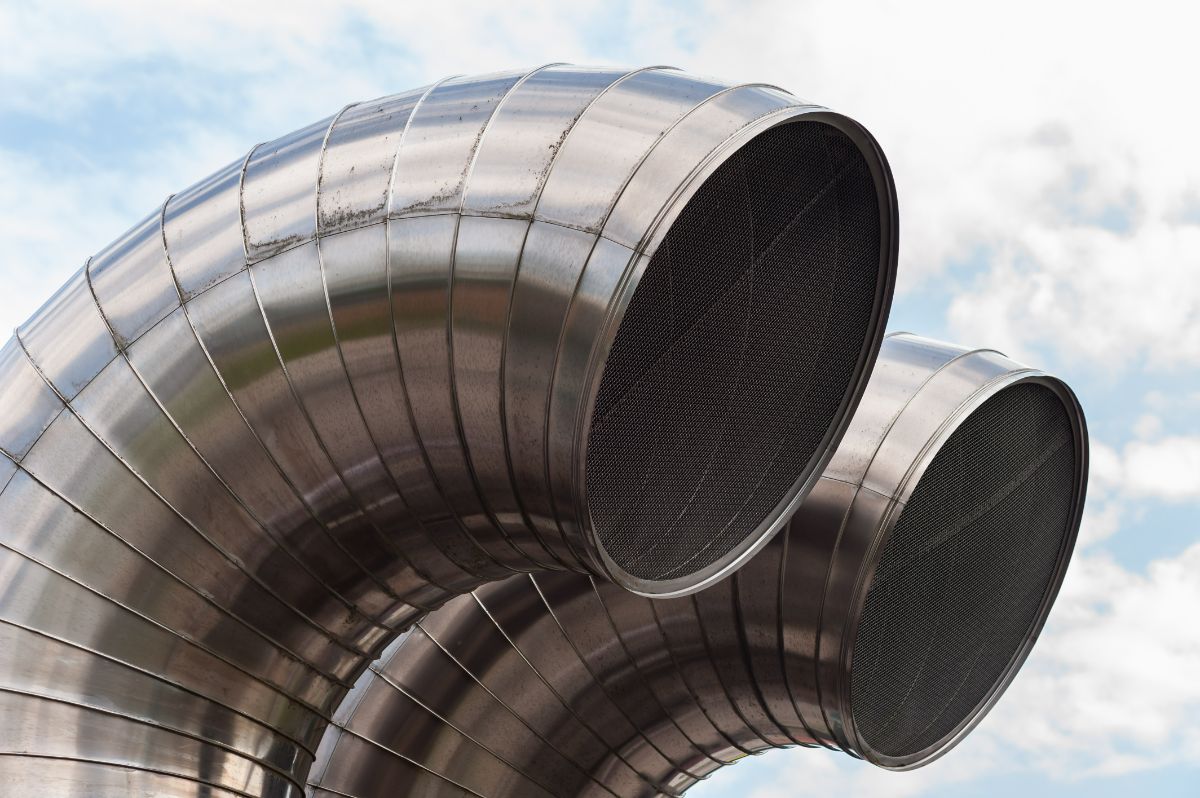
Fiberglass ductwork is frequently integrated with sheet metal ducts, particularly in low-pressure systems. This combination involves wrapping fiberglass insulation around sheet metal ducts, with an added layer of metal foil acting as a vapor barrier.
This material has excellent insulation properties, which act as a barrier against condensation and minimize heat loss or gain within the ducts. It helps maintain the desired temperature of the air being transported, which is crucial for energy efficiency.
However, they release tiny fiberglass particles into the air if they become damaged or deteriorate over time. These particles, known as respirable fibers, can pose a health risk if they are inhaled.
Flexible Duct
A flexible duct is a versatile and adaptable component within HVAC systems. They consist of an inner lining made of plastic, which is further reinforced by an internal metal helix wire coil. This combination of materials enables them to be employed in a wide range of settings, including warehouses, manufacturing facilities, retail stores, supermarkets, and various commercial and industrial environments.
When installing flex ducts, it’s crucial to follow proper procedures to maintain their effectiveness. This includes ensuring secure connections and sealing any seams to prevent air leaks. Additionally, proper support and handling are essential to prevent obstructions in airflow, such as tearing, sagging, sharp bends, kinks, or crimps. This not only ensures the efficient operation of the HVAC system but also contributes to maintaining comfort and indoor air quality within the space.
Key Takeaway
Understanding the different types of ductwork materials is pivotal for optimal HVAC performance. Each material, from galvanized steel to aluminum, fiberboard, fiberglass, and flex duct, offers distinct advantages and considerations. Understanding their attributes empowers you to make informed choices tailored to your project’s needs, ensuring efficient airflow, durability, and cost-effectiveness.
In the world of HVAC systems, finding a ductwork manufacturer you can truly rely on in the Philippines is essential. FRS, with decades of experience, has consistently led the industry, providing outstanding services to diverse sectors. If you’re in search of top-notch ductwork, coupled with unmatched professionalism, look no further. Feel free to reach out to us here for inquiries or tailored solutions.
RECENT POSTS
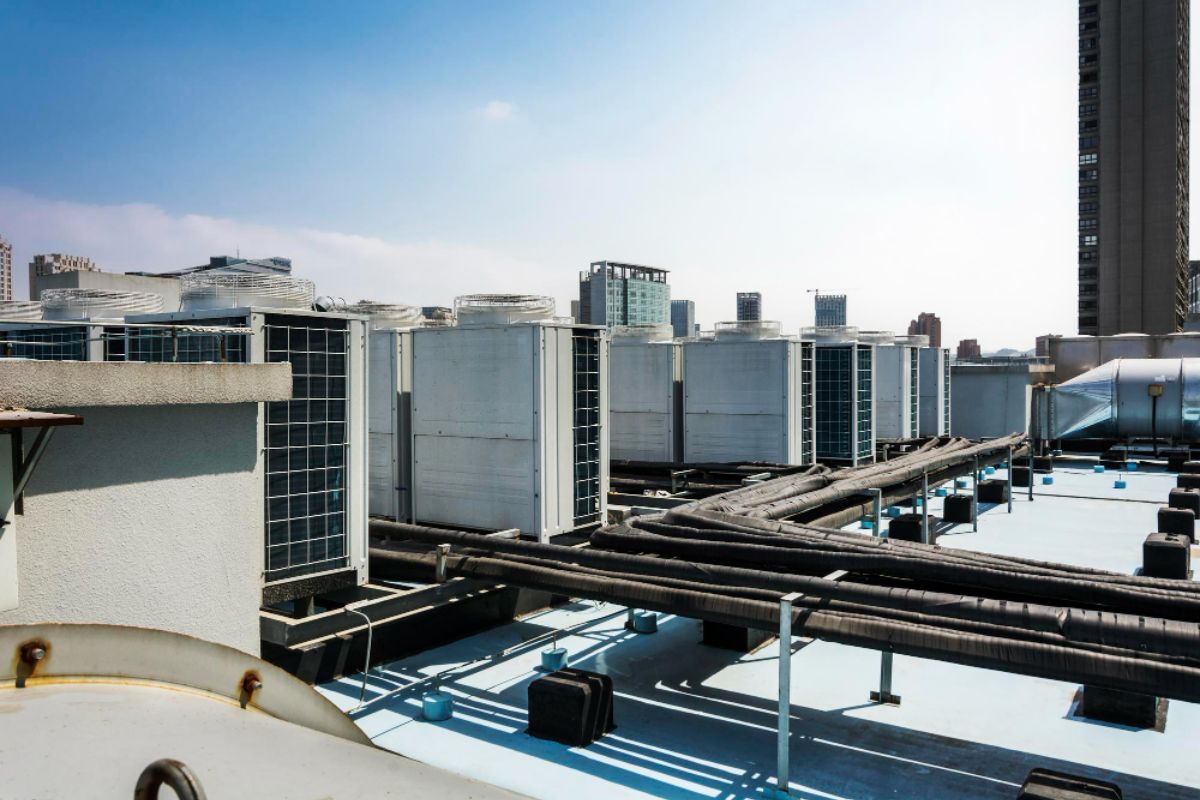
Factors Impacting the Lifespan of a Commercial HVAC Unit
What are the factors that impact the lifespan of a commercial HVAC unit? Installation quality Maintenance history Qualit
Read More
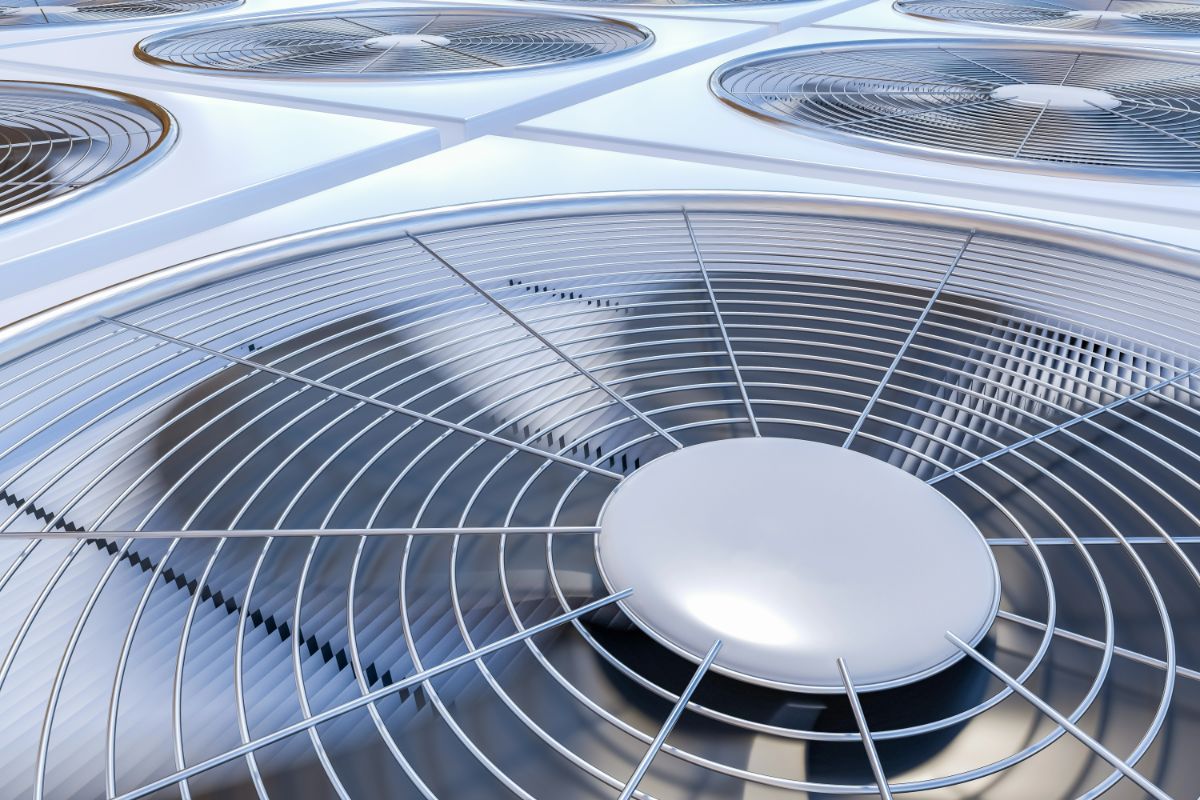
6 Signs Your Commercial HVAC Needs Repair
What are the signs your commercial HVAC needs repair? Unusual noise Inconsistent temperatures High energy bill Poor air
Read More
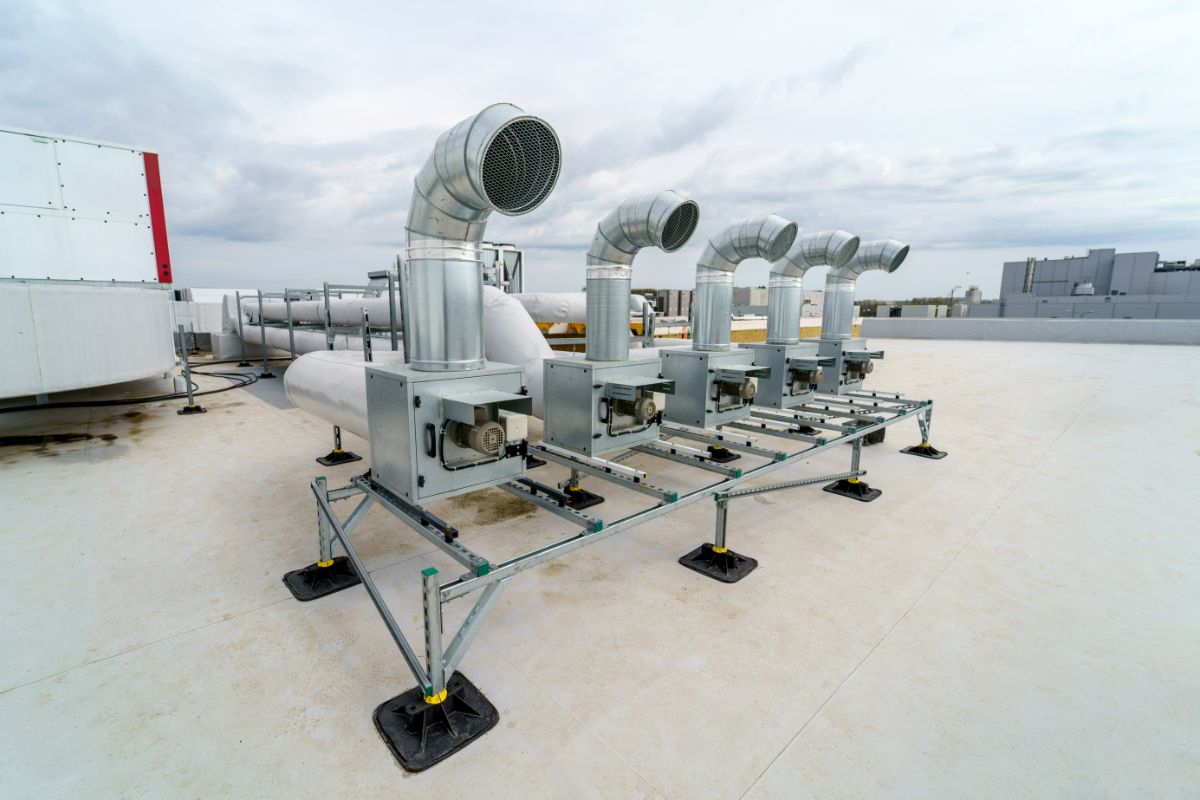
Basic Guide to Commercial HVAC Maintenance
Overview Regular HVAC maintenance is crucial for sustaining optimal system performance and extending equipment lifespan.
Read More